 The Atacama Desert is Chile’s largest covering 5% of Chile’s territory with its 13,900 square miles (36,000 sq. km.). The Atacama Desert lies in the arid zone of western South America, spreading from 15ºS, in southern Peru, down to 30º S near the city of La Serena in Chile. Many of the world’s largest deserts including the Kalahari and the Great Desert of Australia also occur at this latitude in the Tropic of Capricorn. The huge Atacama Salt Pan is situated between 23º41’S and 68º33’W, at an altitude of 7,560 feet above sea level (f.a.s.l.) (2,305 meters). Atacama Photo trips and Wildlife Safaris
The Atacama Desert is Chile’s largest covering 5% of Chile’s territory with its 13,900 square miles (36,000 sq. km.). The Atacama Desert lies in the arid zone of western South America, spreading from 15ºS, in southern Peru, down to 30º S near the city of La Serena in Chile. Many of the world’s largest deserts including the Kalahari and the Great Desert of Australia also occur at this latitude in the Tropic of Capricorn. The huge Atacama Salt Pan is situated between 23º41’S and 68º33’W, at an altitude of 7,560 feet above sea level (f.a.s.l.) (2,305 meters). Atacama Photo trips and Wildlife Safaris
The Atacama is considered the most arid desert of the planet. Skies here remain clear over 300 days a year and in some areas no records of rainfall exist. Stretching along the western slope of the Andes Range, the desert is divided into three areas by altitude. The Inner Desert Area consists of the plateau situated between the Coastal and the Andean mountain ranges. This area varies between 3,600 and 8,200 feet (1,100 and 2,500 meters), with hardly any precipitation and very low humidity. The second zone, the Marginal Tropical Area, includes the first ranges and valleys of the Andes, from 9,180 to 12,460 feet (2,800 and 3,800 meters). This area experiences low precipitation during the summer and slightly higher humidity, due to the effect of rivers and salt pans. Finally, the High Tropical Area exists above 13,120 feet (4,000 meters) in the Andes and is characterized by summer rainfall.
Human occupation in the Atacama Desert basin began around 11,000 years ago, in places with sufficient water to support vegetation. The seeds of algarrobo (Prosopis chilensis) and chañar (Geofroea decorticans), were both important food sources. Agriculture came later, beginning with corn and continuing with livestock. Following the domestication of Llamas (Lama glama) and Alpacas (Lama pacos), these camelids became essential for food, transportation and clothing.
The flora of these desert ecosystems has managed to adapt to the rigorous climate and the harsh conditions of altitude. Despite the extreme aridity and scarce vegetation, the Atacama desert depressions hold a wealth of fauna. Of the total of 183 vertebrate species, birds constitute 120 species. Reptiles and amphibians comprise 37 and 5 species respectively. 21 species of mammals include a highly diverse group of camelids, carnivorous rodents, marsupials and bats. Atacama Photo trips and Wildlife Safaris
Los Flamencos Nature Reserve was established to protect this fascinating community assemblage. Its 183,000 acres (73,986 hectares) encompass the entire altitudinal gradient from the Inner Desert Area ascending the Andes to the High Tropical Area. All seven sectors of the park are home to a wealth of floral and faunal communities. This reserve includes: the salt pans of Tara, Aguas Calientes and Pujsa in the high plateau, the Valle de la Luna (Moon’s Valley) along the edge of the Atacama salt pan, Tambillo, Laguna de Quelara (Quelara Lagoon) and Soncor, and the incomparable scenic Miscanti and Miñiques lakes. Atacama photo trips and wildlife safaris




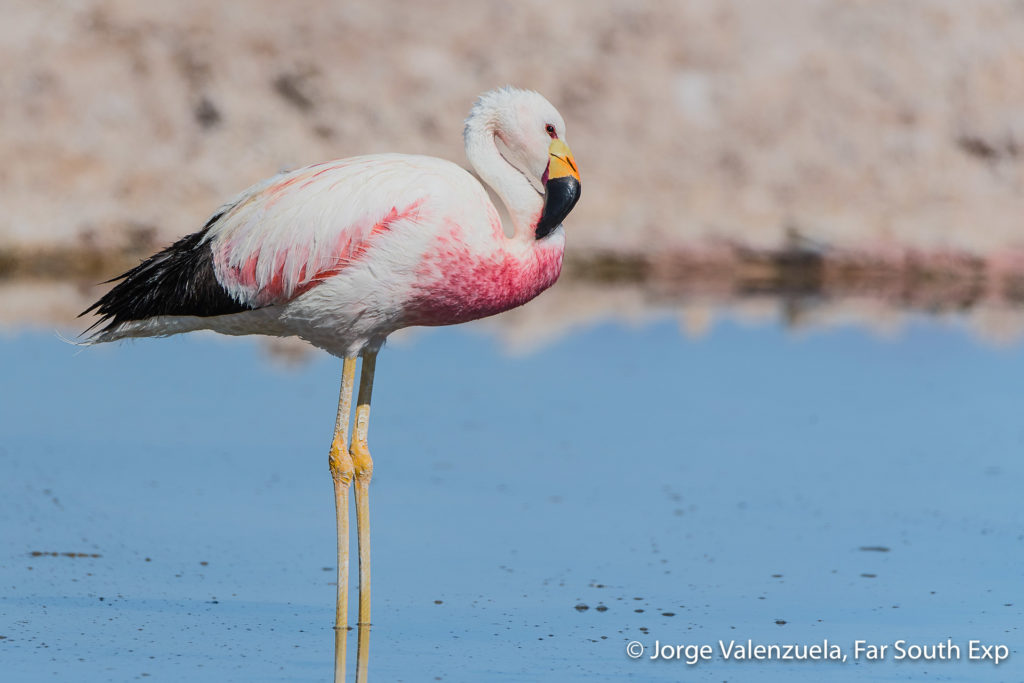
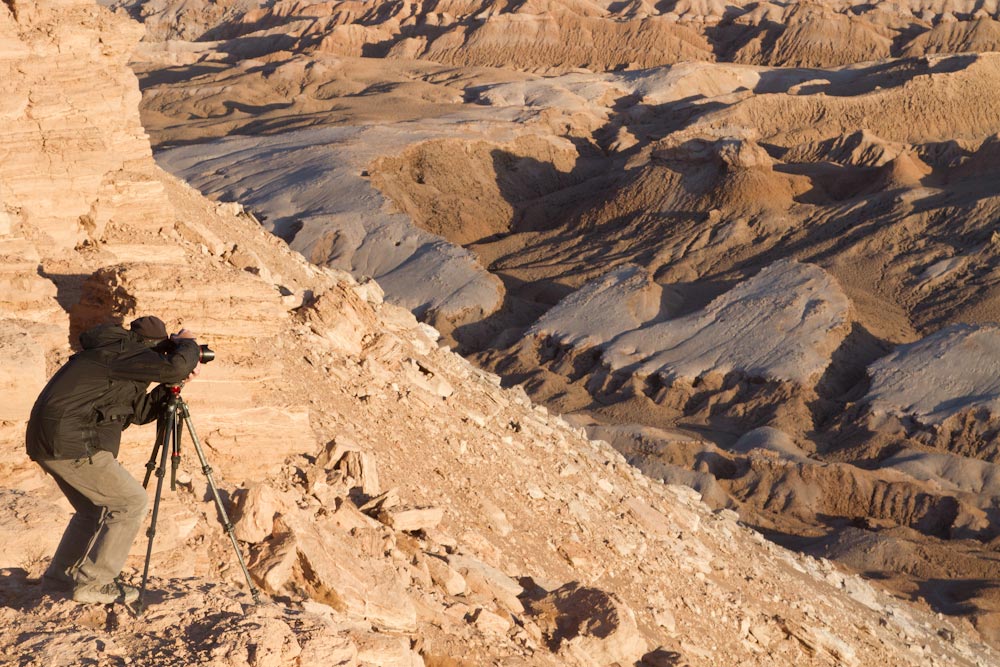
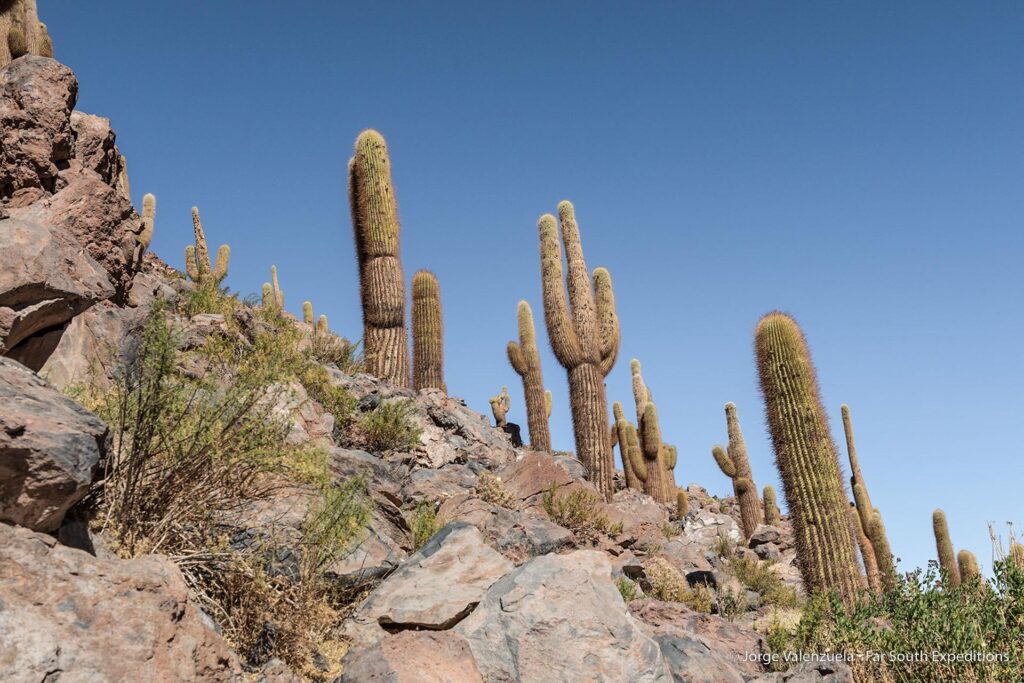
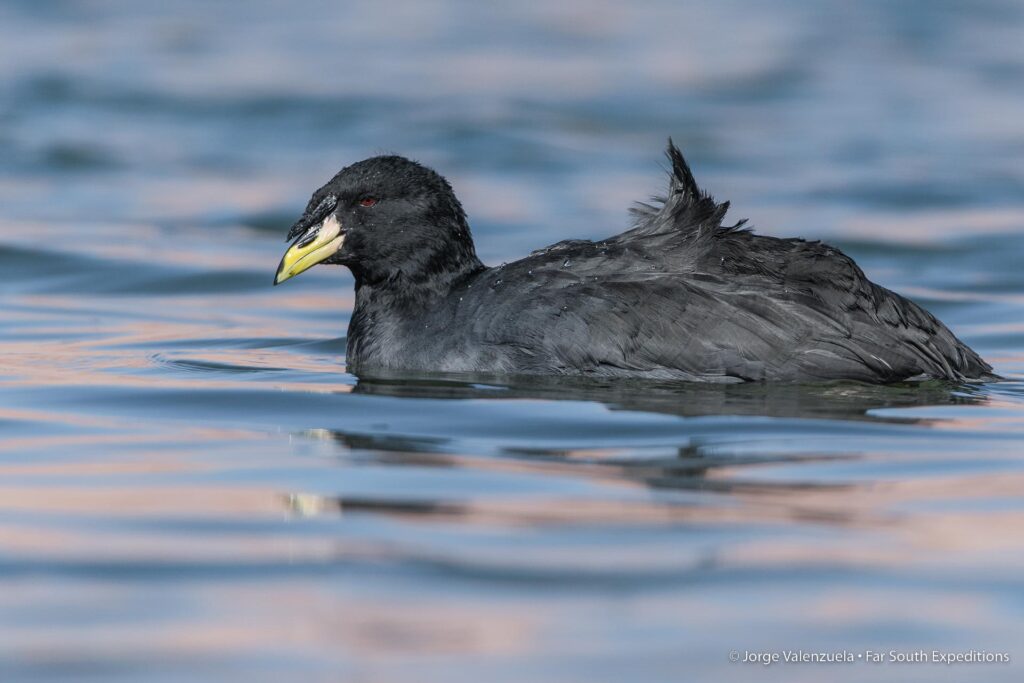
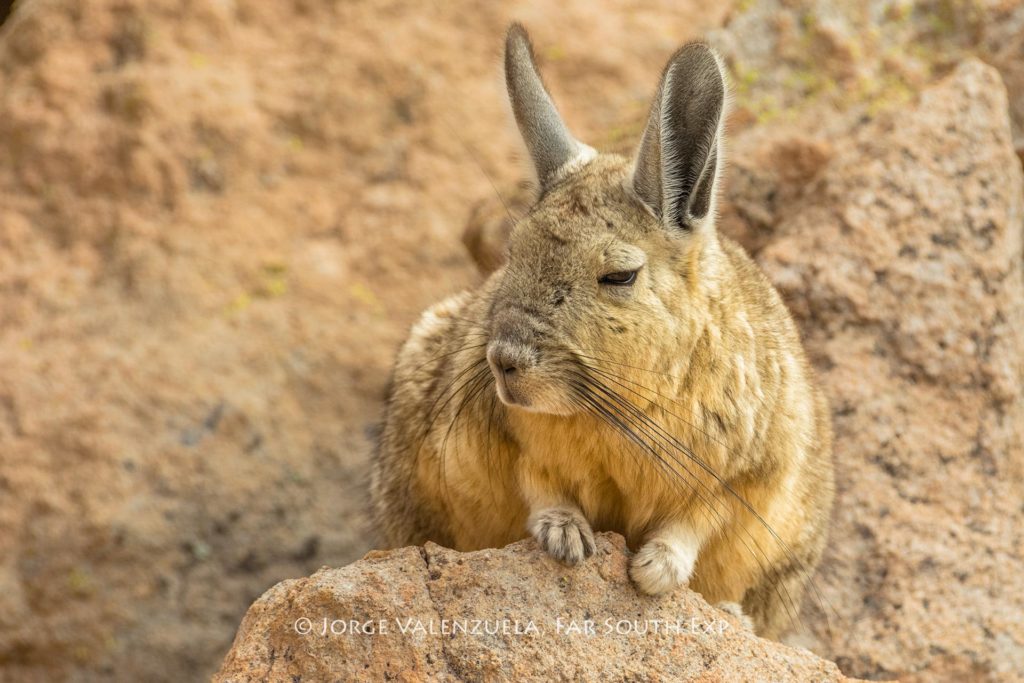
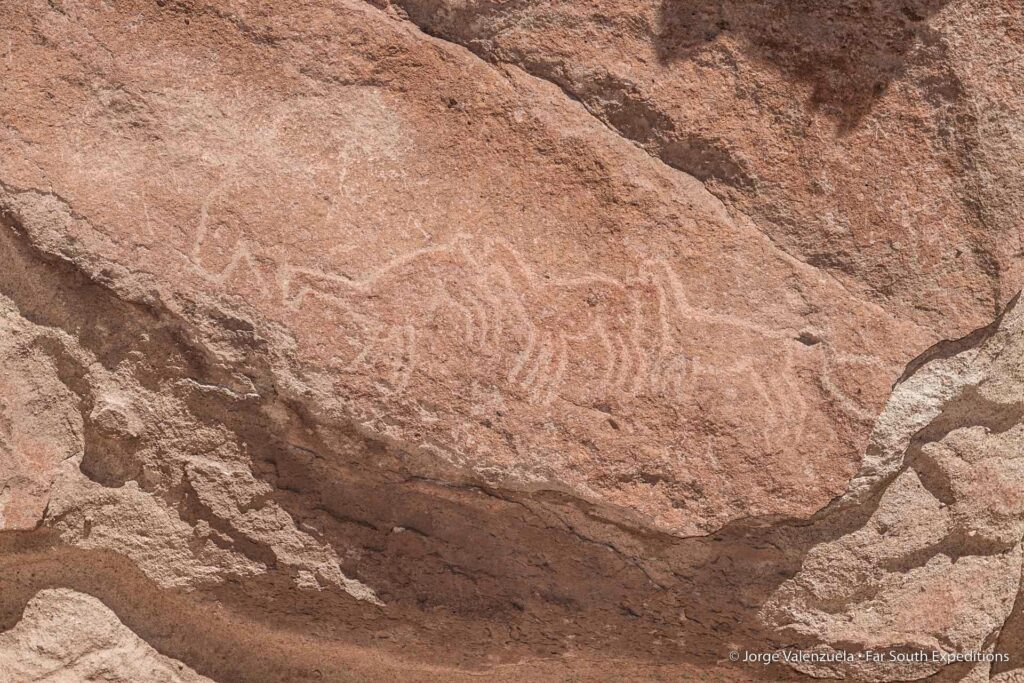
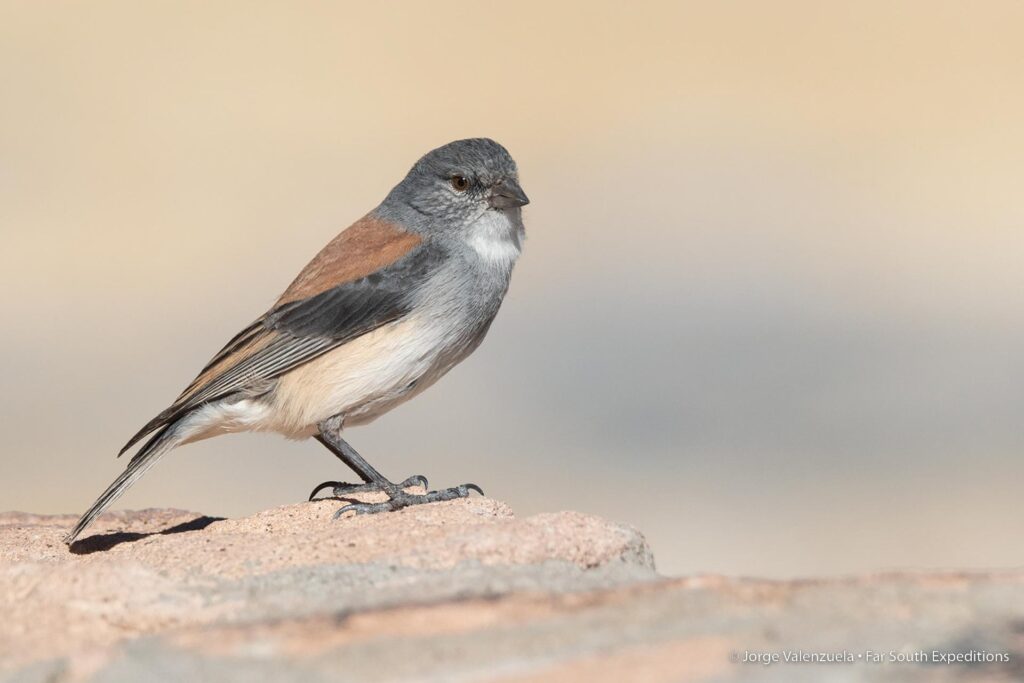
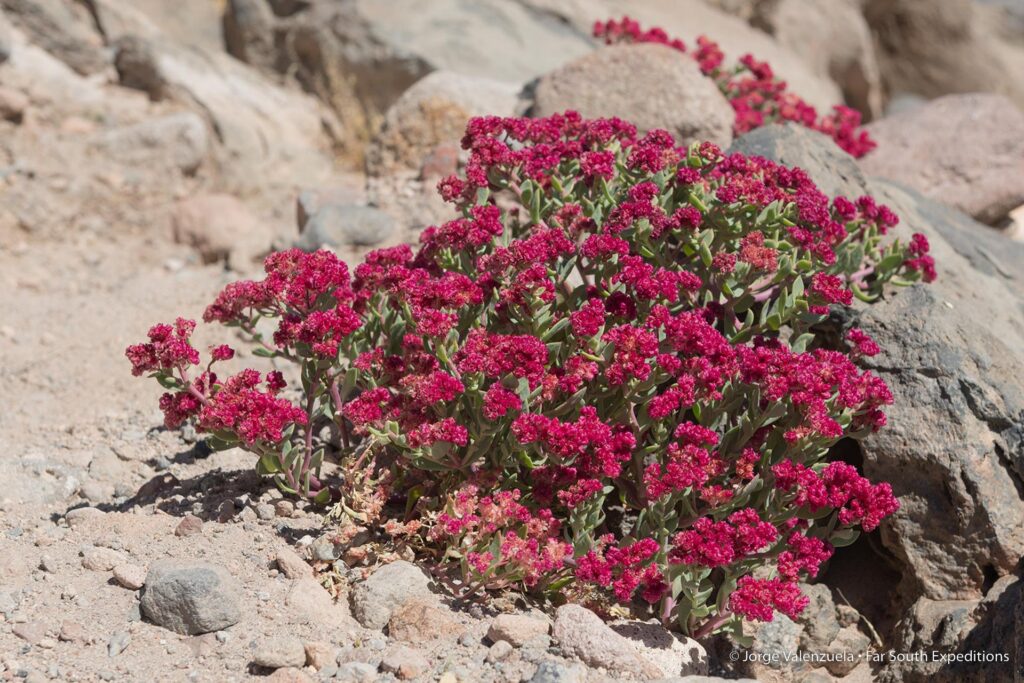

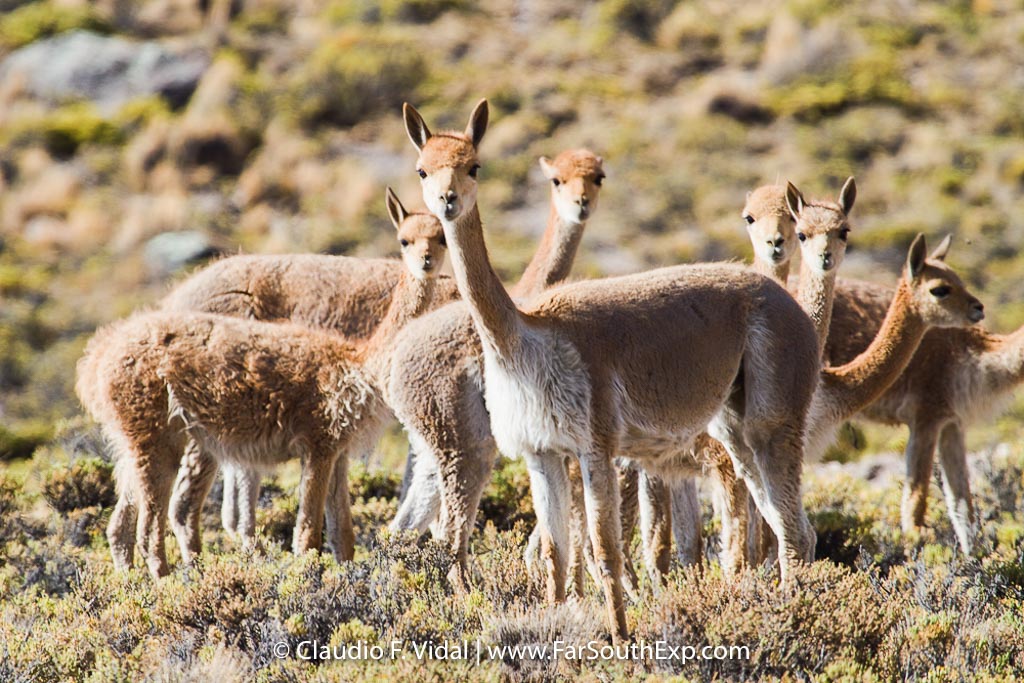
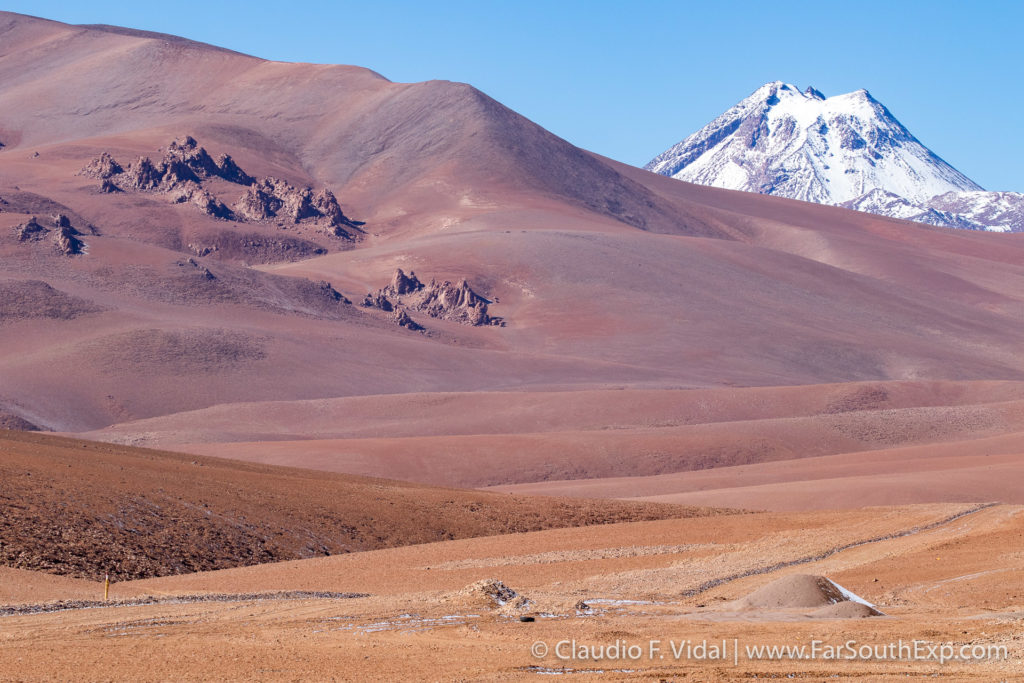
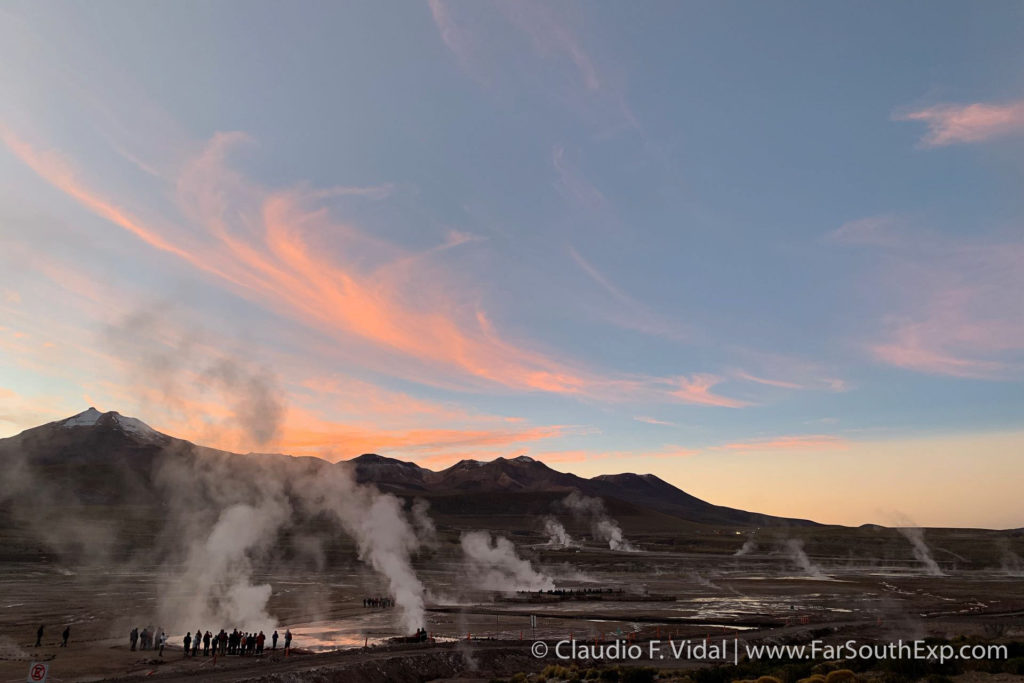
 The Atacama Desert is Chile’s largest covering 5% of Chile’s territory with its 13,900 square miles (36,000 sq. km.). The Atacama Desert lies in the arid zone of western South America, spreading from 15ºS, in southern Peru, down to 30º S near the city of La Serena in Chile. Many of the world’s largest deserts including the Kalahari and the Great Desert of Australia also occur at this latitude in the Tropic of Capricorn. The huge Atacama Salt Pan is situated between 23º41’S and 68º33’W, at an altitude of 7,560 feet above sea level (f.a.s.l.) (2,305 meters). Atacama Photo trips and Wildlife Safaris
The Atacama Desert is Chile’s largest covering 5% of Chile’s territory with its 13,900 square miles (36,000 sq. km.). The Atacama Desert lies in the arid zone of western South America, spreading from 15ºS, in southern Peru, down to 30º S near the city of La Serena in Chile. Many of the world’s largest deserts including the Kalahari and the Great Desert of Australia also occur at this latitude in the Tropic of Capricorn. The huge Atacama Salt Pan is situated between 23º41’S and 68º33’W, at an altitude of 7,560 feet above sea level (f.a.s.l.) (2,305 meters). Atacama Photo trips and Wildlife Safaris